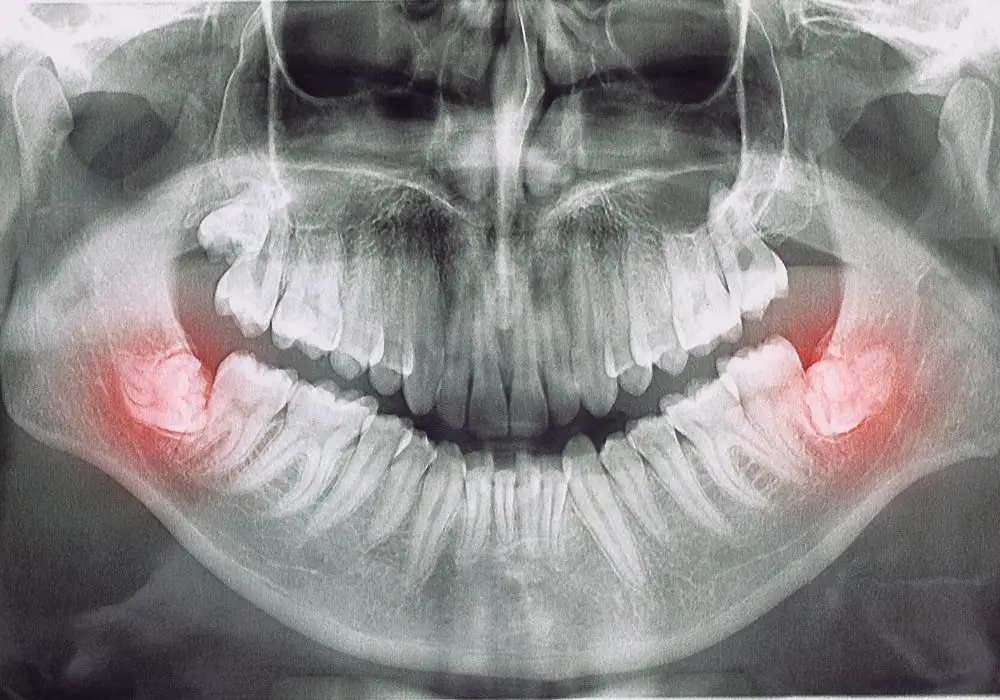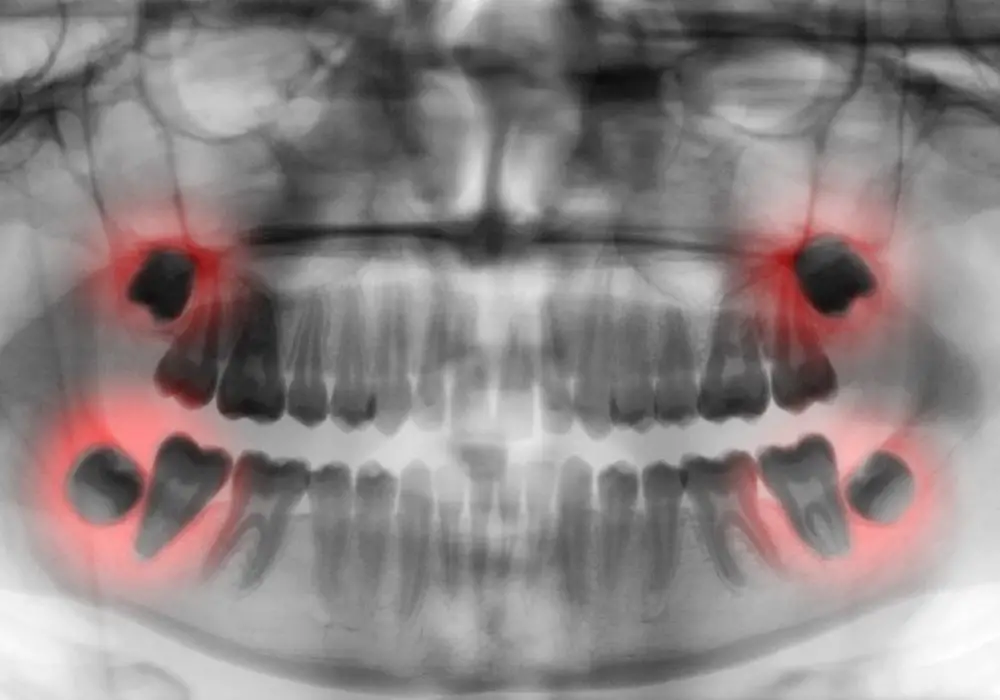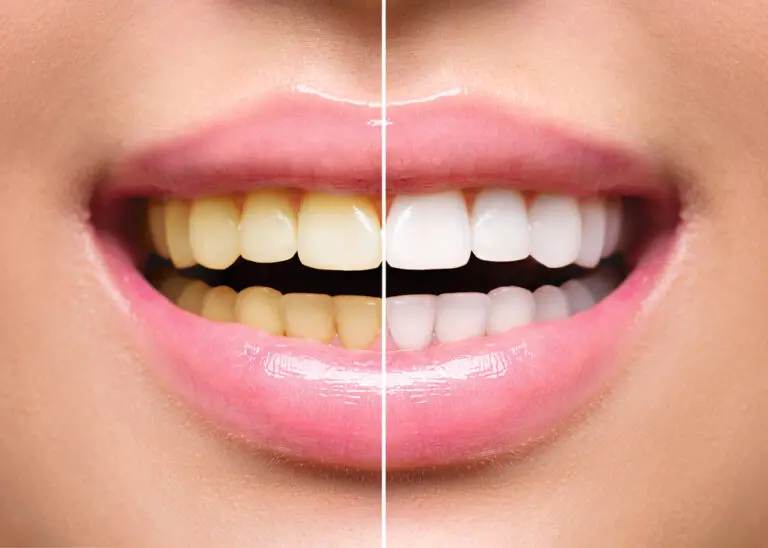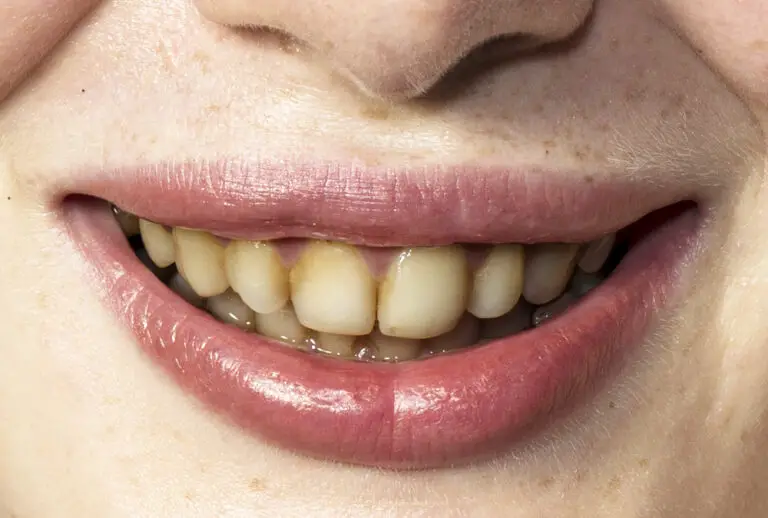Wisdom teeth, also known as third molars, are the last set of teeth to erupt in the mouth typically between the ages of 17 to 25 years. They emerge at the very back of your mouth and can sometimes cause alignment problems with your other teeth as they come in. This has led many people to wonder – can wisdom teeth change your teeth alignment?
In this comprehensive article, we’ll take an in-depth look at how wisdom teeth can impact teeth alignment, the various causes and risk factors, early symptoms to watch for, and all the treatment options available. Understanding the multi-faceted effects wisdom teeth may have can help you seek prompt orthodontic care if needed to prevent permanent changes to your smile and bite.
How wisdom teeth impact teeth alignment

Wisdom teeth have the potential to affect your bite and the position of your other teeth in a few key ways:
Crowding
One of the most common issues wisdom teeth cause is dental crowding as they come into the already crowded mouth. Crowding occurs when there is not adequate room for the wisdom teeth to fully emerge and properly erupt through the gums.
As the wisdom teeth try to break through the gums and bone, they end up pushing on and shifting the other teeth, causing them to become crooked, rotated, overlapped, and crowded. This most often affects the front 4 incisors and can ruin existing orthodontic treatment results from braces.
Crowding from wisdom teeth is generally a gradual process but can become severe if left untreated. Even partial eruption of wisdom teeth can worsen crowding over time. The upper wisdom teeth tend to cause more crowding of the lower anterior teeth while lower wisdom teeth drive crowding of the upper front teeth.
Impaction
Impaction is when wisdom teeth become completely or partially stuck or impacted beneath the gums, unable to fully erupt through the bone and tissue. Partially impacted wisdom teeth, where some of the tooth has emerged, can still put significant pressure on and move the other teeth.
Fully impacted wisdom teeth may also damage adjacent teeth indirectly by promoting infections, cysts, or bone loss around the impacted tooth. The bacteria, fluid, and pressure from these can affect nearby teeth. So even fully unerupted wisdom teeth can potentially contribute to misalignment problems.
Changes to your bite
Wisdom teeth can also alter your bite alignment or “occlusion” if they grow in at an abnormal angle or are tipped sideways or forwards. The abnormal positioning can make your bite feel off or not come together properly. It can also lead to pain, damage, and gradual shifting of the tooth directly in front of the errant wisdom tooth.
Bite changes related to wisdom teeth are often noticeable as an uncomfortable shifting or imbalance of the lower jaw or upper jaw when closing into a bite position. Bite issues become more common as wisdom teeth try to erupt past the gums.
What causes wisdom teeth to affect alignment?

There are a few key reasons why wisdom teeth commonly lead to orthodontic issues:
Late emergence
Wisdom teeth are attempting to emerge and fit into an already fully developed set of mature permanent teeth and jaw structure. This late and cramped emergence compared to other teeth increases the chances of impaction and crowding problems developing.
Limited space
Modern human jaws have become smaller with less room to accommodate the third molars properly. Inadequate physical space leads to the wisdom teeth becoming impacted, misaligned, or pushing on other teeth.
Abnormal positioning
The angle wisdom teeth form in and their orientation is random and outside of our control. Teeth growing in sideways, tilted forwards, or twisted can displace other teeth and result in bite alignment problems. Their positioning at the very back of the mouth compounds this.
Variations in jaw size and structure
Some people naturally have a smaller jaw size or shape that predisposes their wisdom teeth to cause orthodontic issues. For example, having a shorter or more tapered mandible increases impaction risk.
Telltale signs your wisdom teeth are changing your alignment
Watch for these signs that might indicate your erupting wisdom teeth are negatively impacting your smile and bite alignment:
- Crowding, flaring, or uneven gaps between the front teeth
- Teeth feeling loose, painful, or sensitive
- A shifting “bite” – upper and lower teeth don’t meet properly
- Ongoing changes to the fit of orthodontic retainers
- Difficulty chewing or soreness when eating
- Swollen, irritated, or inflamed gums around wisdom teeth
- Red, swollen cheeks or jaw
- Bad breath, tastes, or gum infections near wisdom teeth
- Cysts felt near newly erupted wisdom teeth
- Known issues with wisdom teeth below the gums
If you notice any of these issues, make an appointment right away with your dentist to get your wisdom teeth thoroughly evaluated. Early intervention is key to prevent extended orthodontic damage.
Your dentist will be able to diagnose if wisdom teeth are the cause of any problems and may order x-rays or a CT scan to visualize their position and impact on your mouth.
How wisdom teeth misalignment is treated

If detected early, wisdom teeth alignment problems can often be corrected with relatively quick and minimally invasive treatments:
Wisdom tooth removal/extraction
Extracting the wisdom teeth before major alignment issues occur or get worse is often recommended by dentists. This is especially true if the wisdom teeth are impacted, positioned abnormally, or unlikely to fully erupt properly.
Taking them out early in the process reduces the chances of prolonged damage to your bite and prevents changes that would require prolonged orthodontic treatment. Overall, wisdom tooth extraction helps halt further crowding or movement before it seriously accumulates.
Removal is typically done under local anesthesia and takes 30-60 minutes per tooth. Full recovery takes 1-2 weeks.
Orthodontic treatment and appliances
Traditional orthodontics like braces, clear aligners, or retainers are often utilized after wisdom tooth extraction to guide the teeth back into proper alignment. Mild to moderate misalignment from wisdom teeth can usually be corrected within 6-12 months with orthodontic appliances.
The key is to get treatment as soon as feasible once wisdom teeth are removed. This takes advantage of the post-extraction window before substantial natural relapse occurs. Starting treatment quickly leads to shorter overall correction times.
Dental appliances
Special orthodontic appliances like permanent or temporary retainers are commonly used to hold teeth in desired positions after braces or clear aligner therapy. Consistent long-term wear of retainers as advised is crucial to prevent teeth from shifting back out of alignment.
Dental restorations
In some cases of severe wisdom tooth misalignment or damage to surrounding teeth, more complex treatments like dental veneers, bridges, implants, or crowns may be required. These repairs and restorations are done after initial alignment and bite are corrected orthodontically.
The goal is to restore form and function to damaged teeth in addition to realigning everything properly. This combo approach is needed at times for the optimal correction outcome.
Maintaining your new smile alignment long-term
Following wisdom tooth removal and any required orthodontic treatment, excellent daily oral hygiene and dental care is essential to hold your new alignment results for the long haul:
- Brush thoroughly twice a day with a soft or extra soft brush. Make sure to brush along the gumlines as well as on chewing surfaces of back teeth.
- Floss at least once daily to remove harmful bacterial plaque from between teeth and below the gumline. Flossing keeps gums healthy.
- Use any retention appliances exactly as directed by your orthodontist. Wearing removable retainers or using a fixed retainer prevents the teeth from shifting back.
- Attend all scheduled dental cleanings every 6 months and exams to catch problems early.
- Minimize sugary, acidic, and starchy foods and drinks which can dissolve tooth enamel and lead to faster dental decay and tooth movement.
- Avoid any habits like nail chewing, pencil biting, or opening bottles with teeth. These put unnecessary strains on teeth.
- Wear a mouthguard during sports to safeguard your investment in braces and protect your smile alignment.
- Don’t smoke or use tobacco, which substantially increase risks of gum disease, tooth loss, and shifts in tooth position.
Making smart oral health choices after orthodontic treatment can help keep your teeth as stable as possible. Avoiding wisdom teeth complications comes down to prevention, early intervention, and diligent home care.
Professional realignment options to consider if teeth shift

If you have recurring teeth alignment problems or changes after wisdom tooth removal and orthodontic correction, there are several effective professional options to re-align your teeth and restore your smile:
Traditional braces
Both classic metal braces and more aesthetic clear ceramic braces work by gradually applying light pressure to move teeth into proper positions over an extended timeline. Braces can precisely fix more complex alignment issues but treatment times are longer.
Clear aligners
Popular clear aligner brands like Invisalign and SmileDirectClub use a series of custom, removable plastic trays to incrementally shift teeth a small amount per tray. Less visible than braces but success depends on consistently wearing aligners 20+ hours a day.
Lingual braces
Braces fixed to the back of teeth make them less visible. Effective for mild to moderate alignment issues with more limited treatment goals.
Dental retainers
Fixed wire or removable clear plastic retainers hold teeth in desired positions after active orthodontic treatment. Retainers act as guides to prevent teeth from relapsing. Must be worn as long as advised or teeth can quickly shift and regress.
Dental bonding
Tooth-colored bonding material can be applied to the front surface of a tooth to correct minor alignment issues or close small unwanted gaps between teeth. Minimally invasive option for minor esthetic changes.
Dental crowns and veneers
Crowns and veneers placed over damaged or misaligned teeth can dramatically improve alignment, appearance, and strength. More invasive option best for extensive changes limited to front top teeth.
Along with your dentist’s input, weigh the various pros and cons of these options to find the best treatment plan for your unique situation. Modern dentistry offers more options than ever to realign your teeth at any age.
Wisdom teeth alignment FAQ
How soon after they start developing can wisdom teeth change alignment?
In some cases, wisdom teeth can start affecting alignment as soon as they begin to form under the gums and put lateral pressure on adjacent teeth. More often, alignment issues arise once wisdom teeth have partially erupted through the gumline into the mouth which allows even greater displacement of other teeth.
Can wisdom teeth continue moving teeth even after braces or aligner treatment?
Yes, it is absolutely possible for wisdom teeth to negatively affect teeth alignment even following recent orthodontic treatment using braces, aligners, or other methods. The teeth can quickly shift and relapse out of position due to the erupting wisdom teeth putting new pressures on surrounding teeth and disrupting the corrected alignment.
Can misaligned wisdom teeth rotate other teeth or just tip them?
Partially emerged wisdom teeth putting asymmetric pressure on nearby teeth can in some cases directly cause those teeth to Twist or rotate out of position. This is because the wisdom tooth roots may torque against adjacent roots and throw them out of place. However, wisdom teeth more commonly cause tipping or tilting movements of other teeth in the arch resulting in overlap or flaring.
How long might wisdom teeth continue to shift teeth after being extracted?
After wisdom teeth are extracted, they can no longer actively or directly displace other teeth and alter alignment. However, some gradual, limited natural tooth movement is still expected to occur over longer timeframes due to tongue pressures, gum pressures, and eating forces. But the major negative pressures from wisdom teeth are immediately eliminated upon extraction.
What orthodontic changes could 6+ months of wisdom tooth impaction cause?
Allowing wisdom tooth impaction or partial eruption to continue for an extended period of 6 months or longer can potentially allow significant dental misalignment and require prolonged orthodontic treatment. Possibilities include moderate crowding, flaring, or gaps in the front incisors; intrusion and bite changes in the bicuspids; tipped and twisted eye teeth; and bite instability. Seeking prompt wisdom tooth extraction is critical.
Conclusion
While wisdom teeth certainly can influence the alignment of your smile over time, being aware of the signs and addressing any orthodontic problems early on can prevent major permanent issues. Monitoring for wisdom tooth problems and pursuing solutions like extraction and realignment treatments helps get your teeth back on track.
With the many effective options offered by modern orthodontics, wisdom teeth do not have to mean a lifetime of crooked or crowded teeth as was often thought in the past. Taking action at the first signs of changes can help you maintain or regain your dental health and confident smile for the long term.






